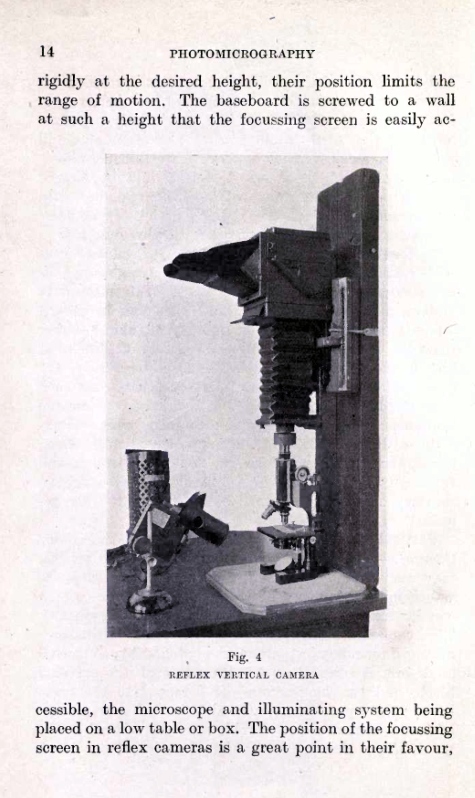 Originally posted by tibbitts
Originally posted by tibbitts 
it seems like at least 1:2 has to be included as "macro."
Why? The term isn't copyrighted, camera companies can label anything they choose "macro".What is the benefit to including 1:2? People need to be warned when a lens they are connsidering for macro work is only 1:2. It's already enough wrk, to try and describe the issue. The Tech bulletin above has everything anyone needs to know about macro, (with exception of modern developments like stacking and pixel shift.)
I cannot tell you how P.O.'d I was when I bought my Sigma 70-300 and found out what they called macro. Part of my distrust of Sigma, is their "You have to read the fine print. " attitude. They are untrustworthy. Although it turns out, they are totally trustworthy, if you trust them to label a lens with 1:2 magnification a macro. It makes them price competitive, but not functionally competitive.
It's weird to me, hat people avoid technically defining an issue like this, where is the pay-off?
---------- Post added 12-28-20 at 07:56 AM ----------
 Originally posted by Not a Number
Originally posted by Not a Number 
For the historical record I have scans of several technical bulletins published by Minolta probably in the early/mid 1960's judging from the equipment models pictured with them. Minolta Technical Bulletin E deals with "Close-Up and Macrophotography with the Minolta SR System":
Magnification RatiosWe should first establish a necessary arbitrary dividing line between close-up and macrophotography. Close-up can be said to range from 3 feet to distances close enough to give a picture 1/10th life-size or a 1:10 ratio. Macrophotography continues from 1/10th life-size images to about 25◊ magnifications. (25◊ life-size). The term magnification ratio simply indicates the direct relationship between image size and object size. A 1:1 magnification ratio indicates that the dimension of the image on the film is identical with that of the actual object. A 2:1 ratio describes a 2◊ magnification; the images size is twice that of the actual object.
Note the word
arbitrary (emphasis mine).
BTW: the Technical Bulletin sums up the majority of macro options which hasn't changed all the much. Although not necessarily budget

That's a great piece of information, it could be required reading for people wishing to discuss the topic. Notice after 1:1 it bereft mentions 2:1 lenses which also exist. And I've talked to those who maintain even 1:1 isn't true macro. The distinction t me would be, with 1:1 or higher magnification, you need special equipment. 1"2 can be just walk around. It's the difference between the using special technical equipment to get an image, and those just walking around with a camera taking pictures of smaller things. See aslyfox's post above to understand of the confusion caused by confusing one with the other.


 Similar Threads
Similar Threads 




















 Post #12 by luftfluss
Post #12 by luftfluss








